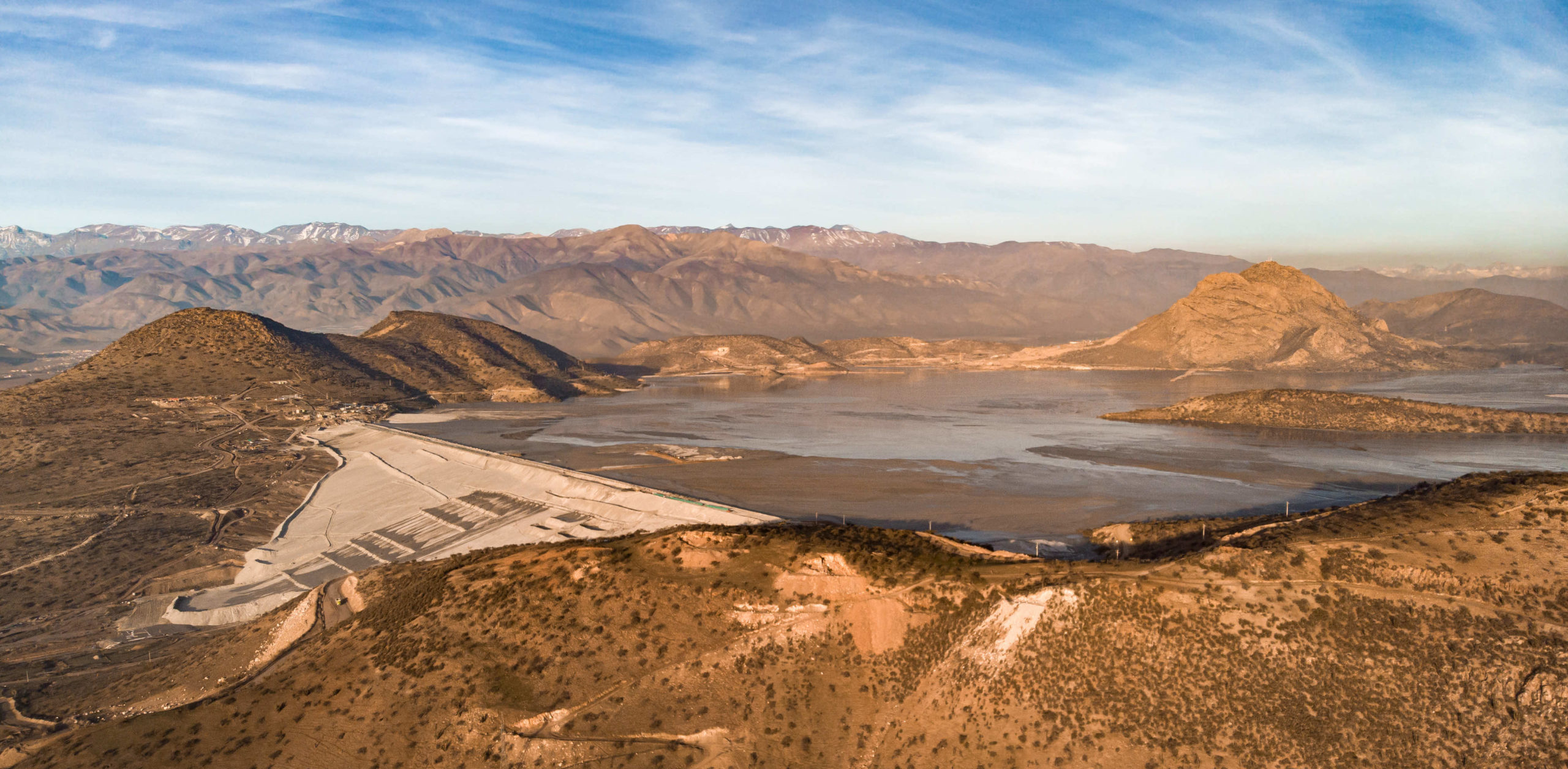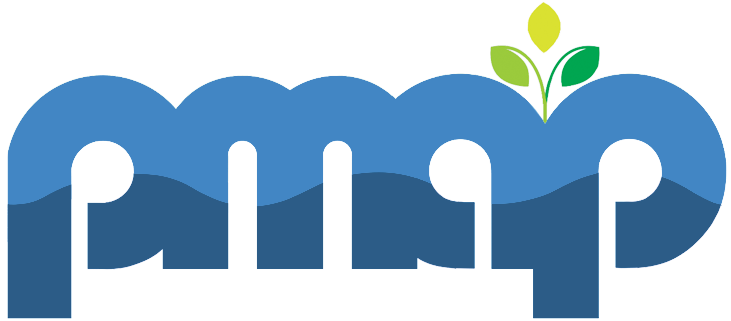Our Technology
The Canadian mining sector is a cross-country presence, with mines in every province and territory contributing over $158 billion to the economy (7.9 percent of Canada’s GDP (2022)). As pressures on Canada’s mining sector grow, the sector as a whole is seeking to develop sustainable approaches to mining which in addition to contributing to the economy can protect the environment.
Treating and discharging Acid Rock Drainage (ARD) and processing water is an ongoing environmental challenge for the mining industry in North America and around the globe. Those streams, which were generally collected in tailings ponds, consist of heavy metals and other toxic contaminants that required neutralization and removal before discharging to the receiving environment. Due to the complexity of mine water issues and associated risks, selecting a proper water treatment approach has become a multi-criteria decision-making process with an adverse range of stakeholders. PMAP provides an innovative, smart, agile, cost-effective, and transformational method for ARD and processing waters treatment in the mining industry.

PMAP’s core technology is built upon the advancement of a novel chemical formulation and an intelligent dispensing system for pointwise distribution of reagents. The PMAP team has successfully developed a non-hazardous, environmentally friendly, and biocompatible reagent that effectively neutralizes mine wastewater. What sets PMAP apart, is its patented revolutionary chemical formula for wastewater treatment coupled with an Unmanned Smart Dispensing Vessel (USDV) to optimize mining operations.

PMAP replaces huge treatment facilitates with a small on-shore mixing tank connected to the USDV
PMAP Four-Step Water Treatment Process
Step 1
Bathymetry
We gather essential hydrographic and water quality data to construct a comprehensive digital map of the mine pond.
Step 2
Custom Planning
Our engineers precisely determine the reagents’ quantity and quality, tailoring an operation plan to the pond’s specific needs and environmental permits.
Step 3
Slurry Preparation
A small amount of pond water is used to convert the PMAP reagent into a transferable slurry.
Step 4
Slurry Injection
Our USDV (Unmanned Smart Dispensing Vessel) accurately injects the PMAP slurry into designated injection points in the pond for optimal performance.
Watch a schematic motion about the chemical process after slurry injection below.
PMAP reagent in action
Currently, %70 of wastewater treatment processes use Lime-based methods and about %90 of metal mines are dependent on Lime-based approaches. PMAP’s formula (powered by our in-situ dispensing for water treatment) can reduce fixed costs for wastewater treatment by %65-85 and operational costs by %25-35 in addition to the expected extra value in metals recovery. These economic benefits are in addition to environmental, flexibility, and safety advantages provided by PMAP technology.
PMAP reagent mixed by small volume of tailing pond water forms the slurry. The PMAP slurry is injected to the pond water. At low pH, the PMAP slurry slowly releases hydroxide (OH-) ions. These ions increase the pH slightly and start reacting with dissolved metals. Insoluble metal hydroxide particles start precipitating at the bottom of the pond and additional hydroxide in the water increases the pH. Treated water is ready for discharge at a pH between 6 & 9.
PMAP USDV: Unmanned Smart Dispensing Vessel

PMAP Unmanned Smart Dispensing Vessel (USDV) is designed to complete the following tasks:
- Estimating the best survey lines on the pond based on the pond geometry and available information
- Completing a data collection (bathymetry) trip on the pond to collect water quality information
- Calculating the required PMAP reagent amount at each node and determining optimum injection procedure
- Continuing data collection before and after each injection step to optimize the operation using a closed-loop feedback system.
The first version of the USDV is under construction. This device is scheduled for pilot tests in December 2023 and a demonstration project in early 2024.
Metal Recovery: Turning a Costly Wastewater Treatment Process Into a Value-creating Activity

PMAP’s technology has the potential to revolutionize mine wastewater treatment practices by transforming wastewater treatment from a costly frustration to a cost-effective or even, in selective cases, a monetary value-generating activity. Due to the changes in the pH of the water, a significant portion of the dissolved metals in the water converts to insoluble metal hydroxides that start forming a sludge. Recovery of these metals is another goal for the mining industry. Currently, most of the wastewater treatments are conducted by labor-intense processes which are using large facilities with minimum economic benefits for mines. Utilizing the existing lime processing facilities in operating or legacy mines, in combination with our USDV, our technology is capable for producing metal-rich sludges to create an extra source of income from wastewater treatment in the mine site.
Research & Development: Utilizing PMAP Technology in Oil & Gas and Precious Metal Mining

“Although PMAP’s technology was originally designed as a water treatment process in the mining industries, the PMAP team has engaged in research and development to utilize this approach and its innovative bases, for applications for treating wastewater in other industries including oil sand tailing ponds.
Follow our LinkedIn page for updates about our new R&D projects in February.
Boosting Your ESG with PMAP Technology

PMAP’s technology provides a reliable path for boosting ESG indicators in the mining industry and enhances the possibility of protecting native communities by de-risking tailing ponds. PMAP’s technique not only provides a significant reduction in energy consumption, the Capex & Opex, and the required skilled workers but also eliminates the risk of transferring/storing contaminated wastewater/hazardous reagents. In addition, PMAP’s technology utilizes reagents with minimum environmental impacts, as well as reducing the carbon footprint of wastewater treatment operations. Furthermore, producing a sludge with high concentrations of selected metals that utilizes eco-friendly and bio-compatible reagents, opens a new opportunity for selective metal precipitation.
